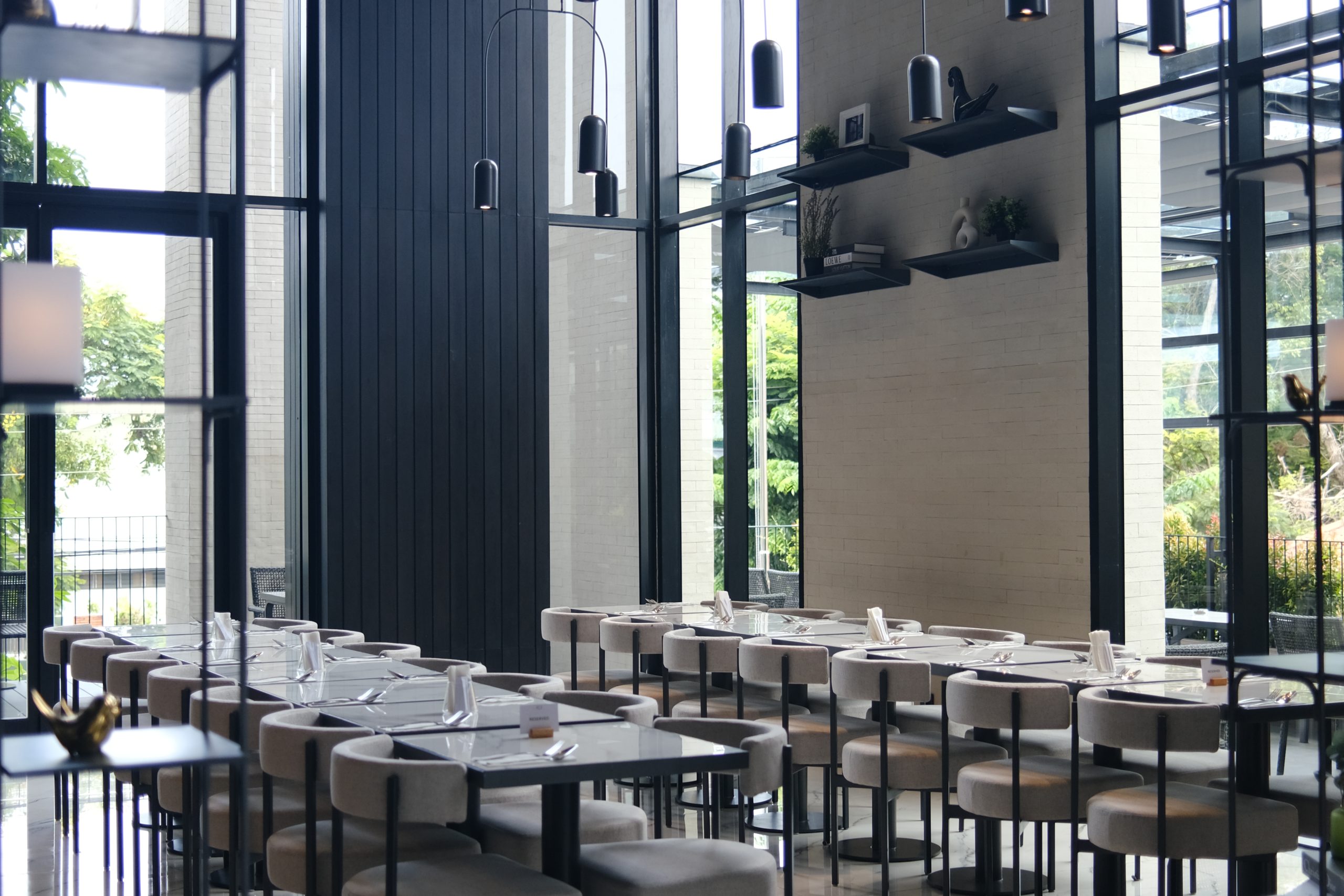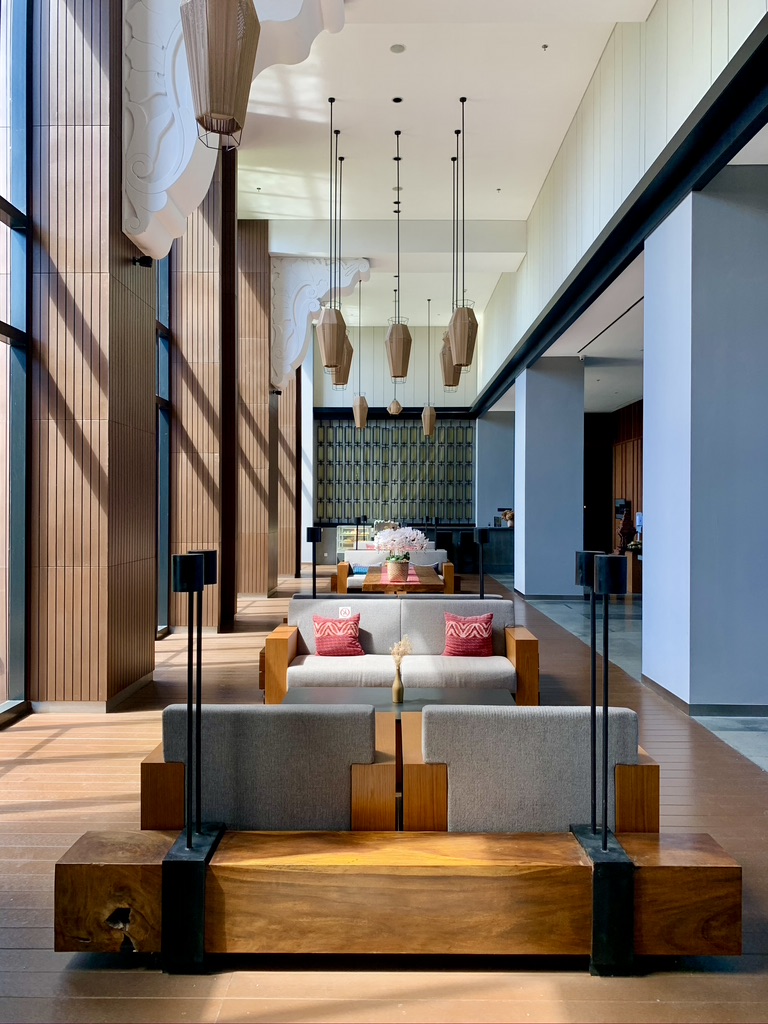Cost-Benefit Analysis: Is Sustainable Building Really Affordable?

Indonesia ranks as the world’s 6th largest contributor to greenhouse gas (GHG) emissions and has increased the most compared to other countries by 18.3% by 2022. Companies become the biggest contributors to the high increase in greenhouse gas emissions through energy (coal), conventional materials production, and solid, liquid, and gaseous fuels.
Despite that fact, many companies, especially construction and building materials companies have gained momentum in sustainable development and play an essential part in achieving sustainability. Most of those industries recently witnessed a drastic shift toward sustainability, driven by increased environmental concerns and a growing knowledge of the long-term benefits of green building. At the heart of this movement is the notion of employing sustainable building materials.
However, you might be wondering if sustainable building are actually budget-friendly or not.
The Myth of Excessive Costs in Sustainable Building
For many years, there has been a misconception that sustainable building are significantly more expensive to construct than conventional ones. Factors such as the higher initial costs of some green materials and technology and a misunderstanding of the long-term advantages have reinforced this point of view. However, recent studies have shown that this belief is often not true!
While green building may have higher costs, research published in the Journal of Cleaner Production revealed that large savings in operating costs frequently cover these expenses during the building’s lifetime. Reduced energy consumption, lower maintenance costs, and improved air quality contribute to these savings. All of these, clearly show how you made a solid investment while contributing to a better future.

ReHolz Advantages
ReHolz, a pioneer in sustainable building materials, offers a compelling case for the cost-effectiveness of sustainable building materials. By utilizing natural and recycled resources, ReHolz products not only lower the environmental impact of the building but also provide developers, contractors, and business owners with a cost-effective solution
- Reduced Material Costs
By sourcing materials from sustainable and often local sources, ReHolz can reduce half of the cost of transportation and supplies. Did you know that the plant that produces the rice we eat has a tough outer layer? This layer is called a rice husk. For every 1 ton of rice produced, approximately 200 kilograms of rice husks are generated or similar to two smaller bags of rice husks!
The transition of rice husks from waste to valuable resources represents a significant shift toward a more circular economy. Each husk used helps to reduce environmental impact, promote sustainable growth, and provide new opportunities. - Increased Durability
ReHolz products are designed to withstand the test of time, reducing the need for frequent repairs and replacements and lowering long-term maintenance costs. They also promote everlasting beauty and extra-comfortable space with termite resistant, weather resistant, anti-fungal damage, and seawater-resistant. - Improved Energy Efficiency
Building constructed with ReHolz materials often exhibit better thermal performance, lowering heating and cooling costs.
The Total Cost of Ownership in Sustainable Building
When evaluating the cost-effectiveness of sustainable building, we must consider the total cost of ownership (TCO). TCO includes the initial construction costs, ongoing operational expenses, maintenance costs, and the potential for increased property value.
Supported by the study from the World Green Building Council, which revealed that green building typically have 14% lower operational costs compared to conventional building. It further shows the significant savings that occur over the building’s lifetime, making it more money worth for the business owner.
Beyond Financial Benefits
The benefits of sustainable building extend far beyond financial considerations. Green building have been shown to improve occupant health and productivity, enhance property values, and reduce the environmental impact of the built environment. Another benefit that green building gives to the environment,
- Improved Indoor Air Quality: By using natural and low-emission materials, ReHolz products contribute to healthier indoor environments, reducing the risk of breathing problems and allergies.
- Increased Property Value: Building certified by green building rating systems, such as LEED (Leadership in Energy and Environmental Design), often command higher sale prices and rents.
- Reduced Environmental Impact: Sustainable buildings help to mitigate climate change by reducing greenhouse gas emissions and conserving natural resources.
Addressing Common Concerns of Sustainable Building
While the evidence strongly supports sustainable building, concerns remain to be addressed. The initial cost of sustainable building materials and technologies is one common issue, which can be a barrier for some developers. However, increasing financial options and government support are becoming available to facilitate sustainable construction.
Conclusion
Cost-benefit analyses conclusively prove that sustainable building are both environmentally sound and financially wise. By examining total ownership costs and long-term returns, it is clear that sustainable building is a solid investment. ReHolz leads the industry in offering high-quality, eco-friendly building materials. As the construction sector advances, sustainable practices will undoubtedly become standard due to environmental pressures and economic advantages.
So, Is it worth the extra cost to build sustainably, considering the potential long-term savings and positive environmental impact?
Let us know your thoughts and follow us on Instagram @re_holz for daily inspiration.
Share Article
See other article
Top 3 Modern Interior Design Trends for Sustainable Homes
While we are approaching the end of 2024, here are some interior style recap you need to know this year!…
A New Era of Sustainable Construction and Durability
A New era of durable and sustainable construction has begun and ReHolz stands firm at the forefront of this movement….
Flexible Design Journey Starts With A More Than Wood Material
Starting a flexible design journey can be easy with ReHolz, a sustainable solution for your building material selection. Fancy and…



